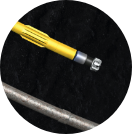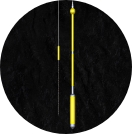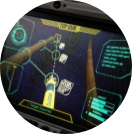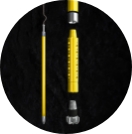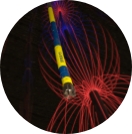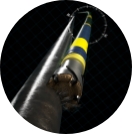Technology perfectly designed to enable the world’s most challenging subsurface well positioning projects.
With a keen focus on contributing to the market’s long-term sustainable future, Gunnar’s approach is to use technology and practical expertise to solve the problems of today, as well as those that limit our future success as a responsible and sustainable energy industry.
Slider One
Slider Two
Slider Three
Slider Four
Slider Five
Slider Six
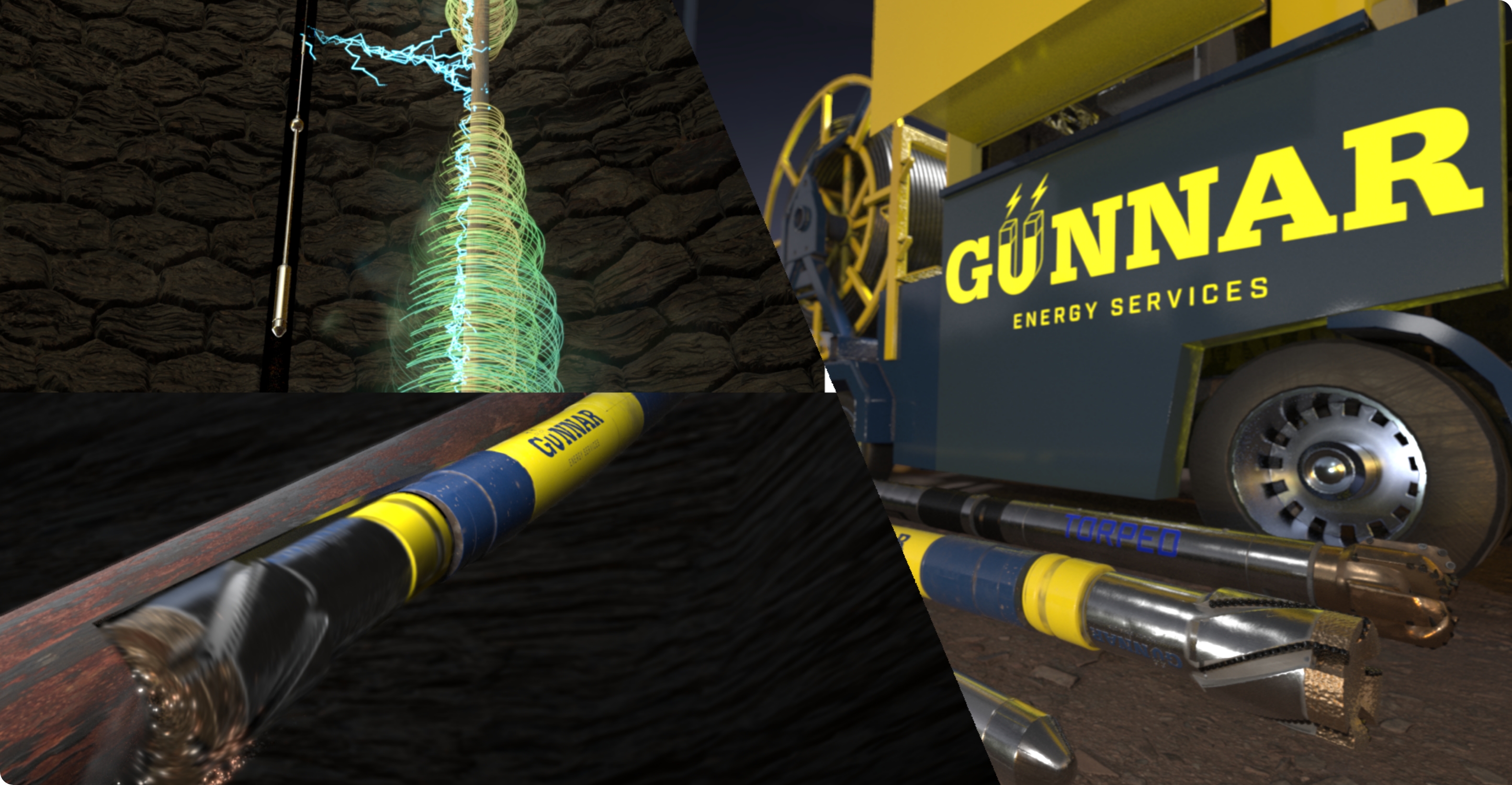
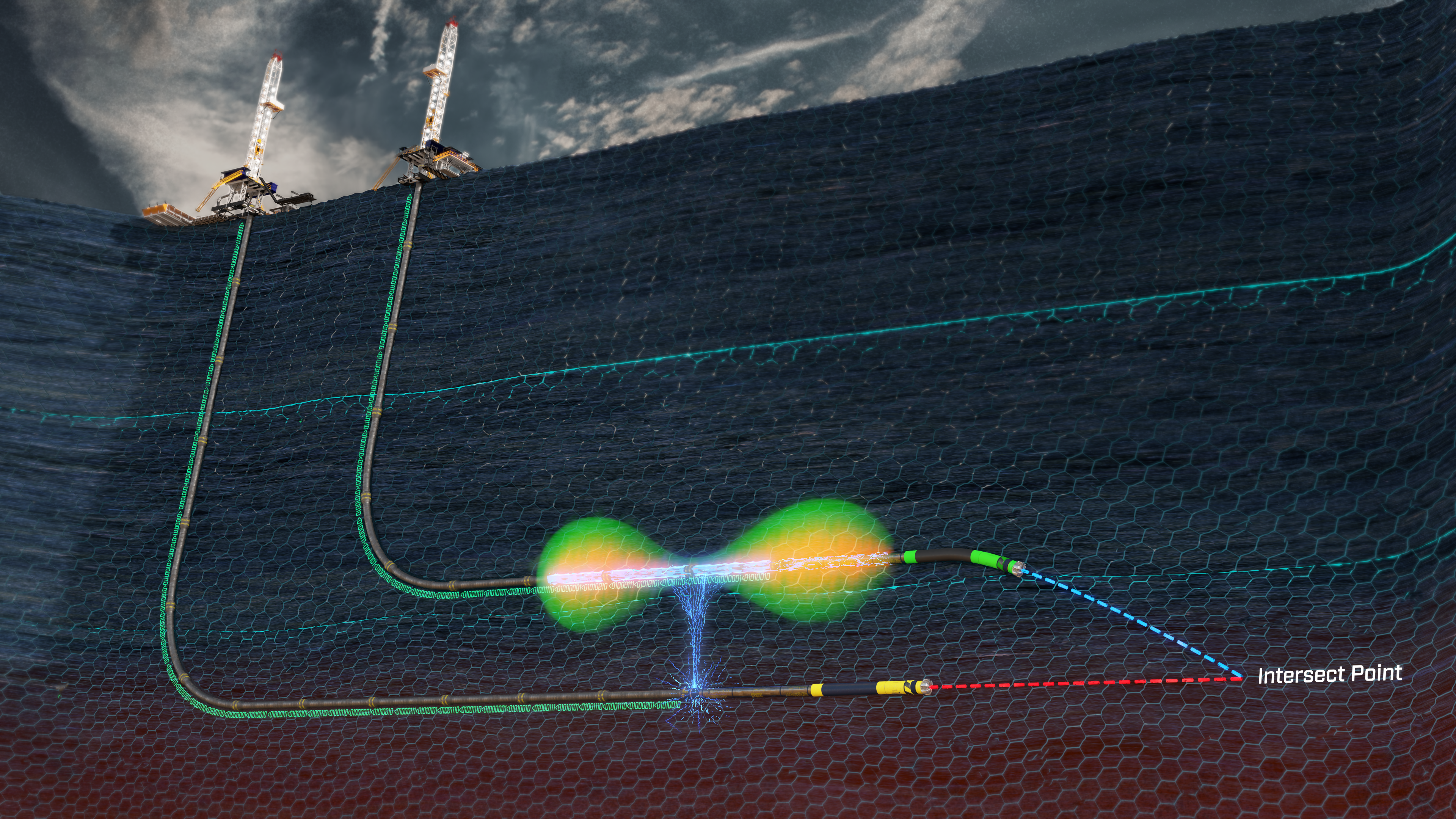
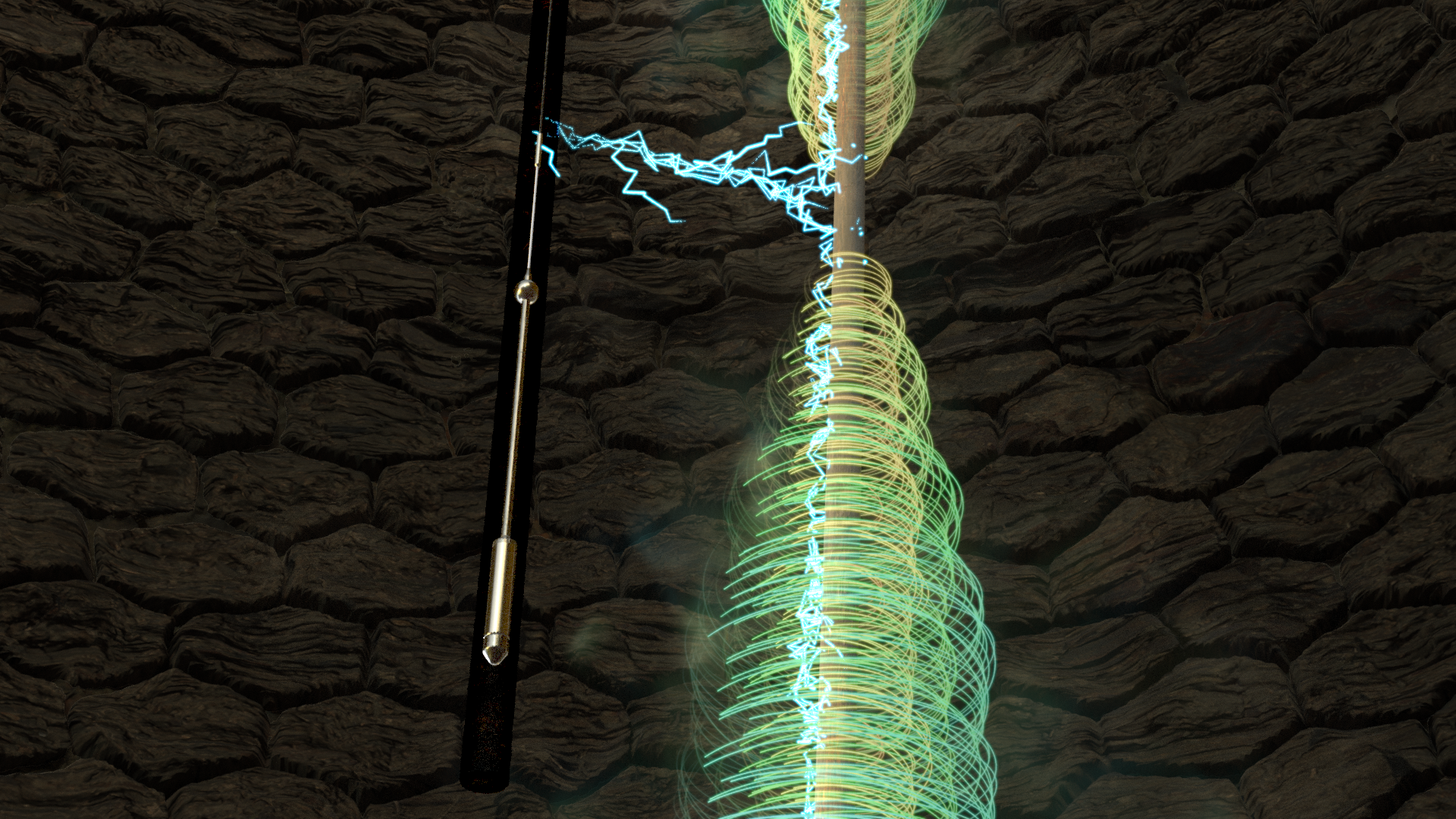
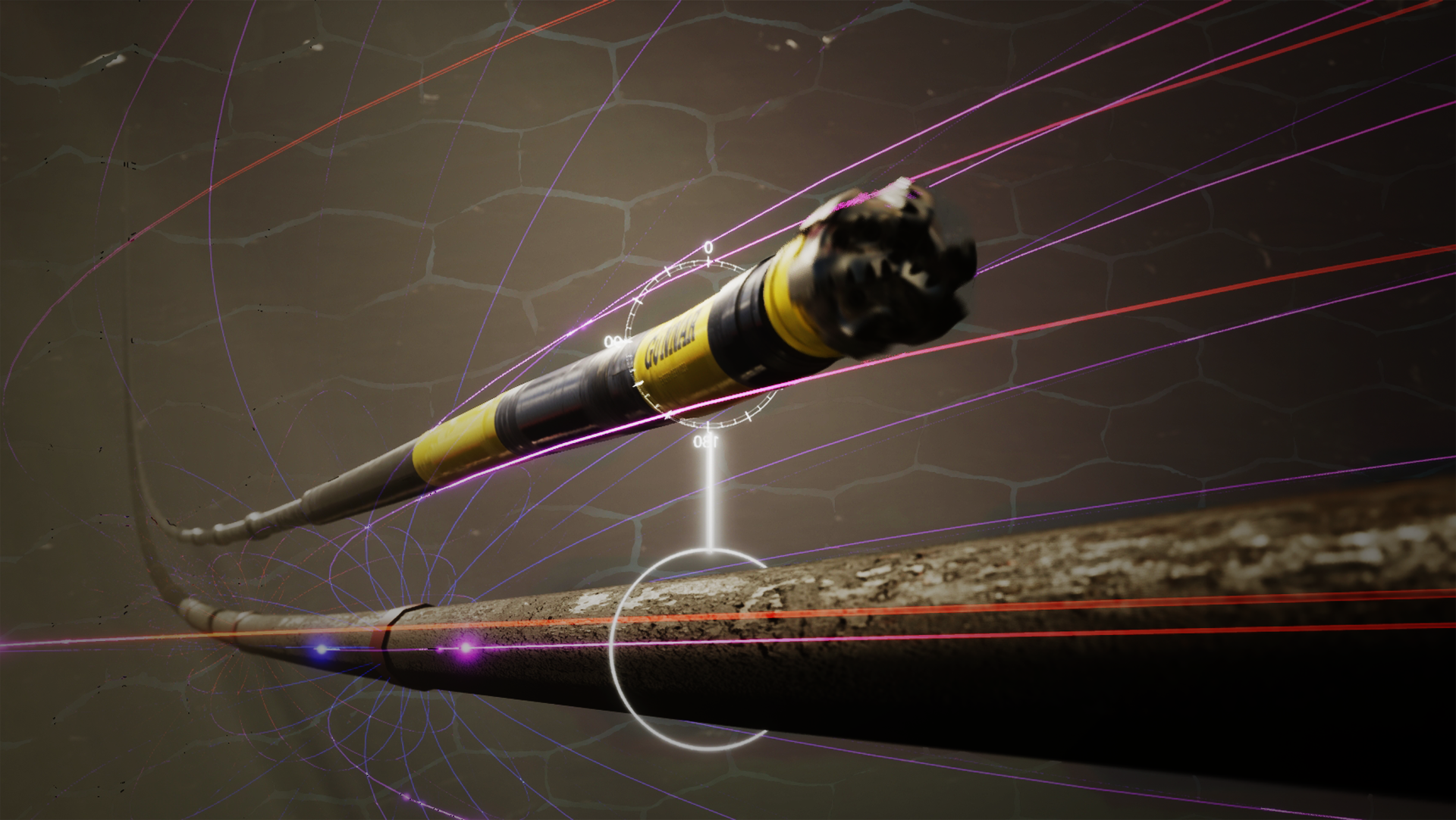
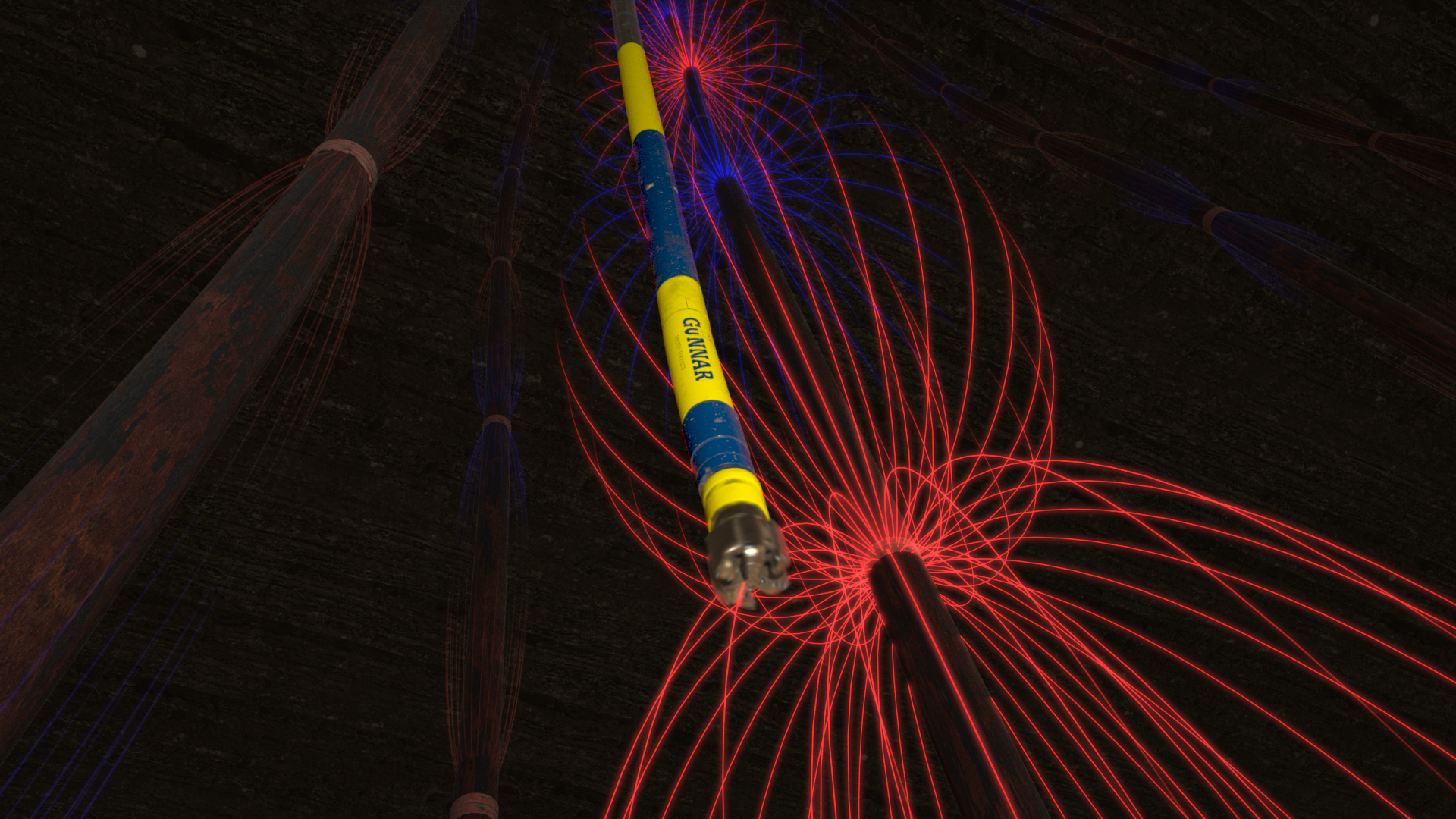
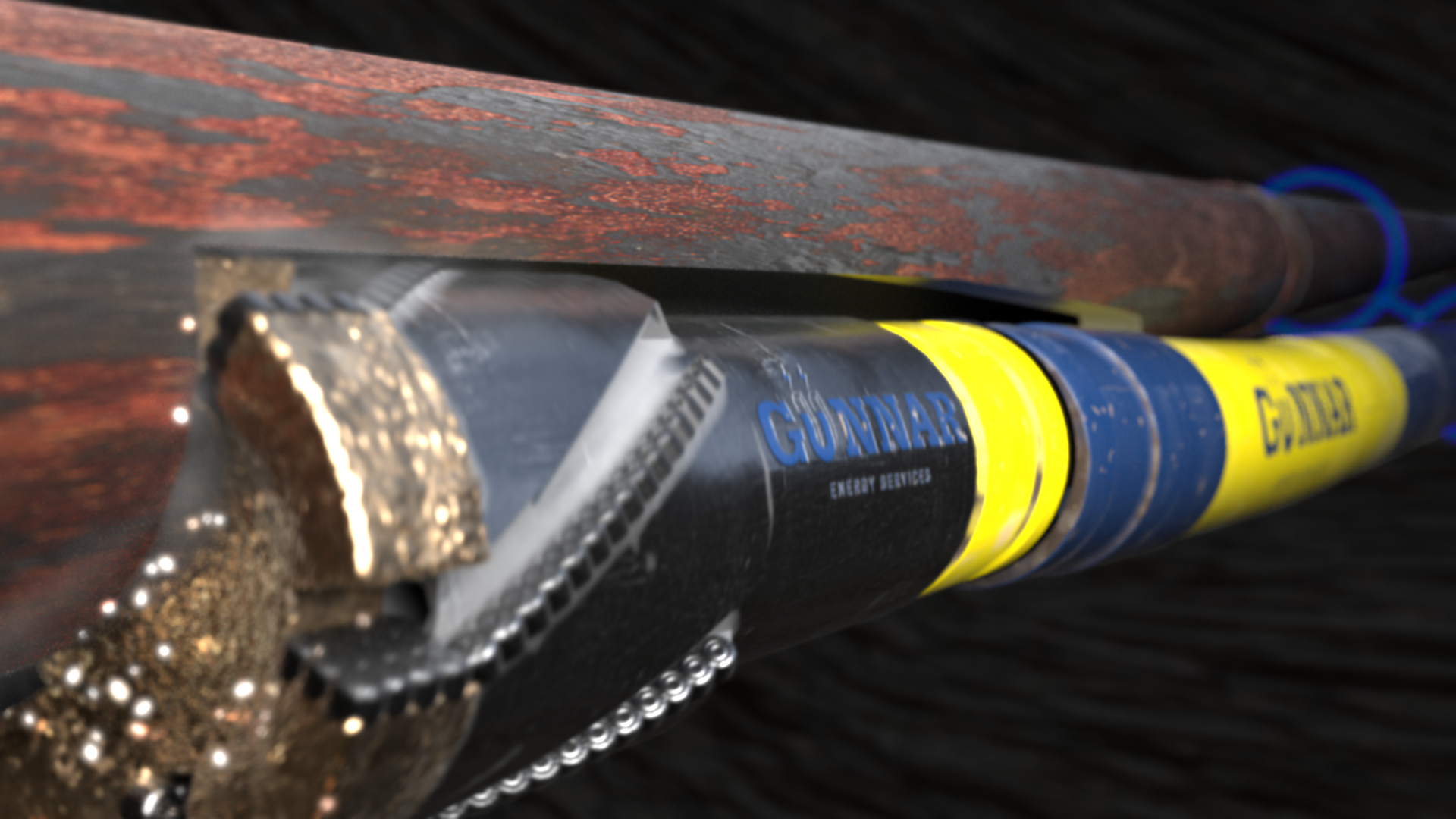
Gunnar’s suite of magnetic ranging technology is unlike anything in the industry today, performing to a level of precision, accuracy and reliability that is unmatched.
The technology, combined with our data interpretation and ability to execute repeatedly, allows our customers to experience the highest probability of first-time success.

